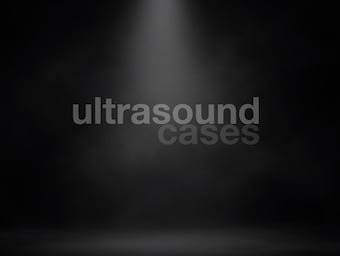
Regional Anaesthesia in the Critically Ill
Regional Anaesthesia in the Critically Ill

Regional Anaesthesia in the Critically Ill

Pericardiocentesis: procedure used to remove pericardial effusion by needle aspiration; treatment of pericardial effusion and/or tamponade

Intercostal catheter insertion, chest drain

Injections are most commonly administered IM (intramuscular) or SC (subcutaneously)
Prepare yourself Familiarise yourself with the procedure, including the indications, contraindications, technique with anatomical landmarks, and the potential complications. Never perform a procedure unless you have first observed. that procedure being performed, and then performed the procedure at least once…

Emergency thoracocentesis (thoracentesis) emergency decompression of a tension pneumothorax

Ultrasound guided peripheral intravenous cannula placement. Out-of-plane technique for PIV cannula placement.

Use of a Foley catheter (FC, aka urinary catheter) to achieve hemorrhage control in penetrating trauma to the neck

Cleaning Bronchoscope. The technique described uses the Matrix biofilm remover as a detergent.

Finger Thoracostomy: Any pneumothorax in a patient undergoing positive pressure ventilation; Actual or near traumatic cardiac arrest; Shocked state with no apparent cause; Pleural drainage is not indicated in drowning or hangings unless pneumothorax is diagnosed. Remember pleural decompression will reduce the efficiency of the ACD and impedance valve

Previously known by various names including "universal precautions", standard precautions are designed to reduce the risk of microorganism transfer from both recognised and unrecognised sources to a susceptible host.

Standard precautions are work practices that provide a first-line approach to infection prevention in the healthcare environment.